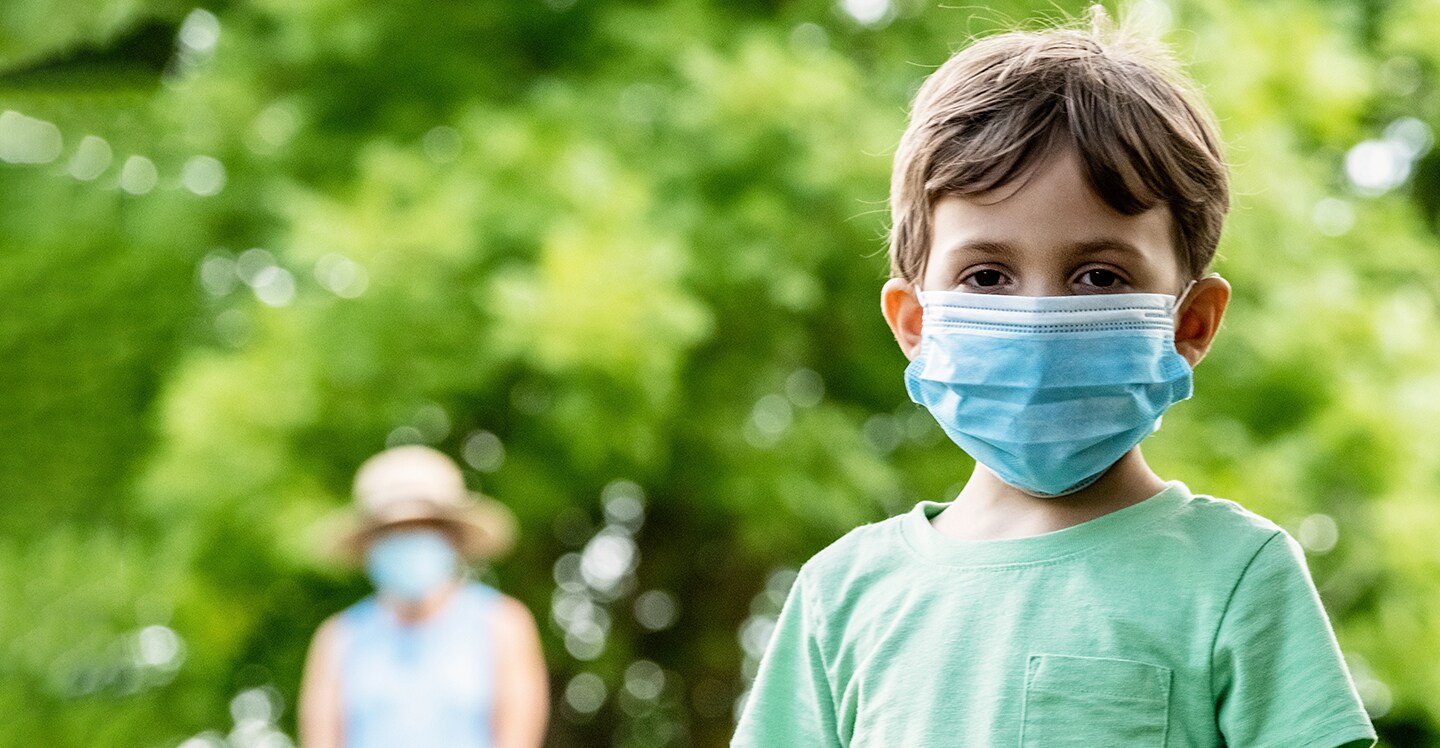
Increased Risk of Human Trafficking During and After COVID-19
The COVID-19 pandemic has led to widespread public health mandates in many countries. Governments have imposed policies requiring varying levels of social isolation, resulting in closures of schools and non-essential businesses, marked increases in unemployment and concerns of a major global recession. While confirmatory data is sparse at this early stage and formal peer-reviewed studies are needed, there are major concerns that the effects of the COVID-19 pandemic will exacerbate many of the risk factors for human trafficking, leading to a rise in rates of commercial sexual and labor exploitation.
COVID-19 may impact the risk of human trafficking in three key areas:
- Financial stressors: Job losses, furloughs and business closures create tremendous financial stressors within families, potentially resulting in hunger, homelessness and poverty. Adults and youth may be desperate for work, and thus, vulnerable to accepting high-risk job opportunities and/or exploitative work conditions. Adults and children may fall prey to scams, be drawn into commercial sexual activities, or agree to engage in work that is hazardous and/or very poorly paid. Intra-familial trafficking of children may increase in an effort to pay bills.
- Social isolation and dysfunctional family life: Forced restrictions on movement outside the home increase daily contact between family members. This may become dangerous if interpersonal relationships are already strained. Accessing normal avenues of emotional “decompression,” including “safe places” like work or school environments, can worsen the problem. Increased tension, fueled by financial stressors, may lead to an increase in intimate partner violence (IPV). Anecdotal reports from IPV service agencies across the U.S. indicate a significant increase in hotline calls since the COVID-19 crisis began. This is exacerbated by restrictions in services by some agencies, related to social distancing measures. Thus, safe housing is more difficult to obtain for those exposed to violence.
- Diminished protection and prevention opportunities: For many mandated reporters, contact with children and vulnerable adults is greatly reduced or even eliminated at this time. Online contact by teachers, health professionals and victim service providers is restricted, and that presents considerable challenges in the detection of violence or exploitation. Police may also be distracted from anti-trafficking activities by the need to respond to COVID-19 conditions. In addition, healthcare providers may have limited access (telehealth or telemental health) or very rushed in-person contact with patients or clients (emergency departments), and their focus may be on COVID-19 concerns rather than possible exploitation or trafficking.
Similarly, social isolation, unemployment concerns and anxiety about COVID-19 may increase the risk of child maltreatment—especially in homes where there are other forms of interpersonal violence. Caregivers may express COVID-19-related stress through irritability and aggression. Children may manifest their stress through hyperactivity, difficulty following instructions, irritability or developmental regression, which may further irritate the caregiver(s) and increase the risk of physical abuse. Sex offenders out of work, or working from home, have increased opportunity to abuse children in the home. Online offenders may have more time to spend exploiting children on the internet. Parental distraction with the consequences of COVID-19 may lead to many children spending increased unsupervised time on the internet. If a child lacks self-protective online skills, he is at an increased risk of exploitation in the form of sexual solicitation (grooming), sextortion, production and distribution of child sexual abuse materials (CSAM), engaging in livestream sex acts and recruitment for labor or sex trafficking.
Here are some things that you as a medical or mental health professional can do to help protect and serve your patients or clients:
Keep the common risk factors for human trafficking in mind, especially those exacerbated by the COVID-19 pandemic. Be alert to potential indicators of exploitation and other forms of violence so you can offer resources to your patients or clients.
If you identify a patient or client who appears to be at risk of exploitation, or is already being trafficked, provide emotional support using a trauma-informed approach. In addition, offer resources to address vulnerabilities. Resources may include information on IPV, human trafficking, labor rights, and services for immigrants or refugees. Providing hotline numbers and websites of service organizations can help children and adults address conditions that may evolve into frank exploitation. Also consider teen hotlines, suicide hotlines and LGBTQ+ resources.
The National Human Trafficking Hotline provides information on local victim resources and can answer caller questions about human trafficking and how to assess or refer high-risk persons. It is helpful for trafficked persons and healthcare professionals alike.
Call 1-888-373-7888 or text “HELP” or “INFO” to BeFree (233733).
Contact authorities if you suspect trafficking or exploitation and if one or more of these conditions are present:
- The patient or client appears to be in imminent danger (call 911).
- You are required to call based on mandatory reporting laws.
- The report is not mandatory but the patient or client requests law enforcement involvement.
Display posters and offer brochures and infographics on human trafficking with the phone number of the National Human Trafficking Hotline, 1-888-373-7888, or and the information to text “HELP” or “INFO” to BeFree (233733).
Additional resources to help support patients and clients during COVID-19
Contact Us 404-785-5004